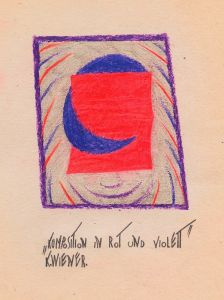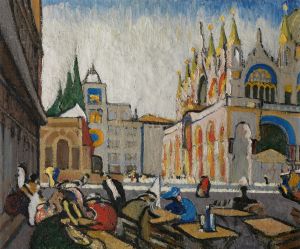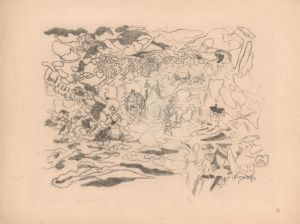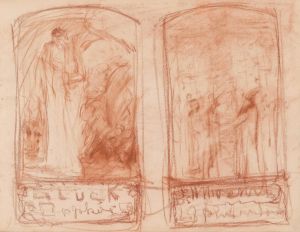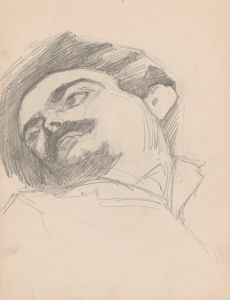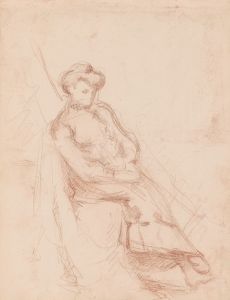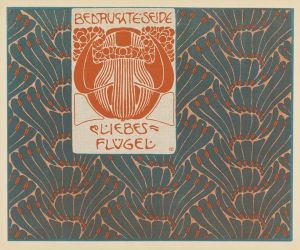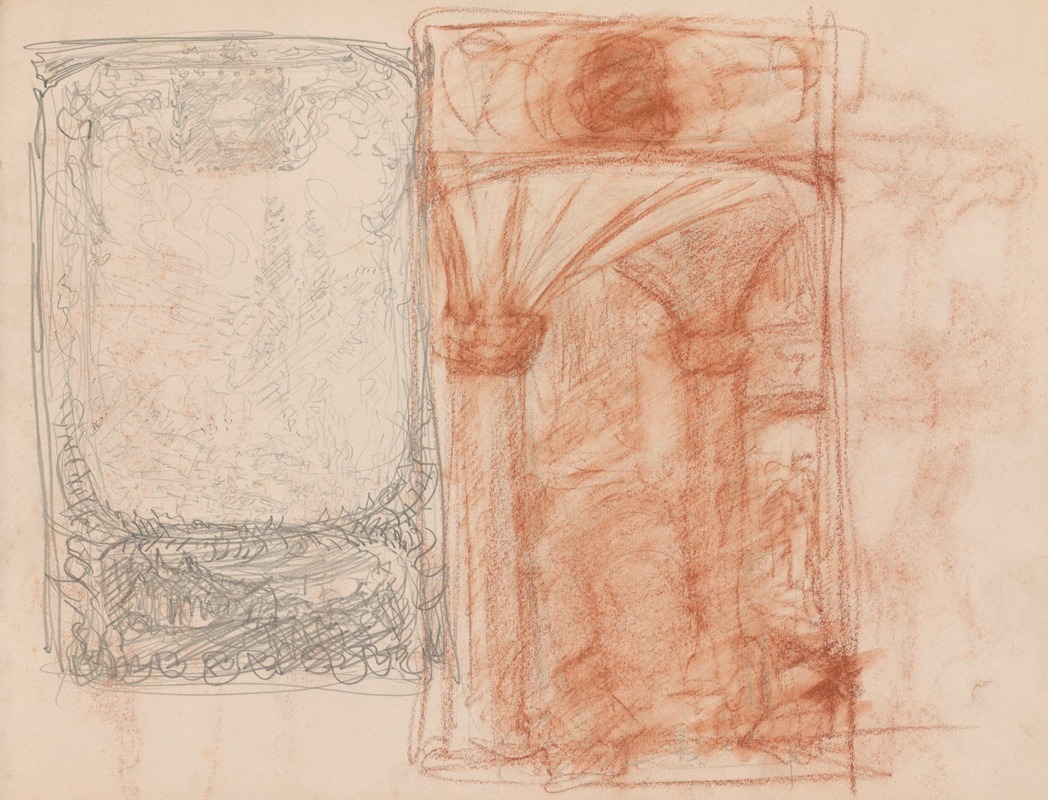
Two Designs
A hand-painted replica of Jules Schmalzigaug’s masterpiece Two Designs, meticulously crafted by professional artists to capture the true essence of the original. Each piece is created with museum-quality canvas and rare mineral pigments, carefully painted by experienced artists with delicate brushstrokes and rich, layered colors to perfectly recreate the texture of the original artwork. Unlike machine-printed reproductions, this hand-painted version brings the painting to life, infused with the artist’s emotions and skill in every stroke. Whether for personal collection or home decoration, it instantly elevates the artistic atmosphere of any space.
Jules Schmalzigaug (1882–1917) was a Belgian painter associated with the Futurist movement, an avant-garde art movement that originated in Italy in the early 20th century. Schmalzigaug is considered one of the few artists outside of Italy to have fully embraced Futurism, which emphasized themes such as movement, dynamism, and the energy of modern life. His works often explored the interplay of light, color, and motion, reflecting the influence of Italian Futurists like Giacomo Balla and Umberto Boccioni.
"Two Designs by Jules Schmalzigaug" is a lesser-known work attributed to the artist. While specific details about this particular piece are scarce, it is consistent with Schmalzigaug's broader body of work, which frequently featured abstract compositions and vibrant color schemes. Schmalzigaug's artistic approach was deeply influenced by his time in Italy, where he encountered the Futurist movement firsthand. He participated in the 1914 Esposizione Libera Futurista Internazionale in Rome, an exhibition that showcased the works of Futurist artists from various countries.
Schmalzigaug's career was tragically cut short when he died in 1917 at the age of 35. Despite his relatively brief career, his contributions to Futurism and modern art have been recognized for their originality and experimental nature. His works are preserved in several collections, including the Royal Museum of Fine Arts in Antwerp, Belgium.
Due to the limited availability of detailed information about "Two Designs by Jules Schmalzigaug," it is difficult to provide a comprehensive analysis of this specific work. However, it is likely that the piece reflects the artist's characteristic style, marked by dynamic forms and a focus on the visual representation of movement and energy.








